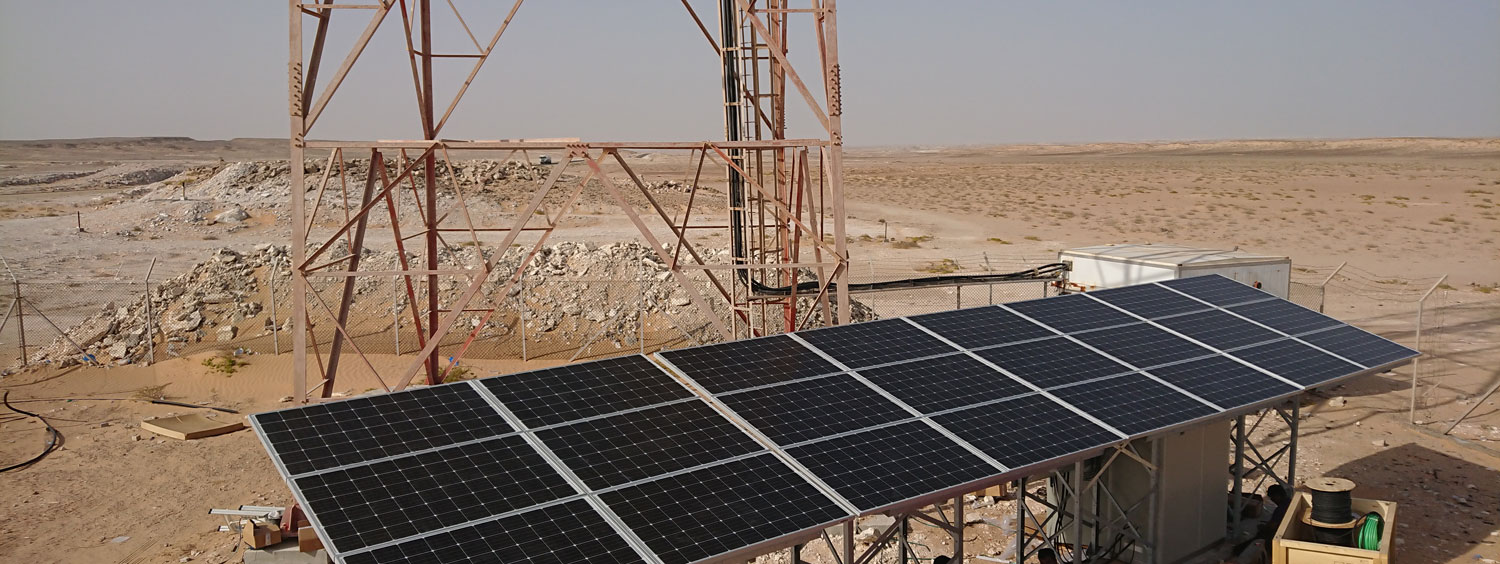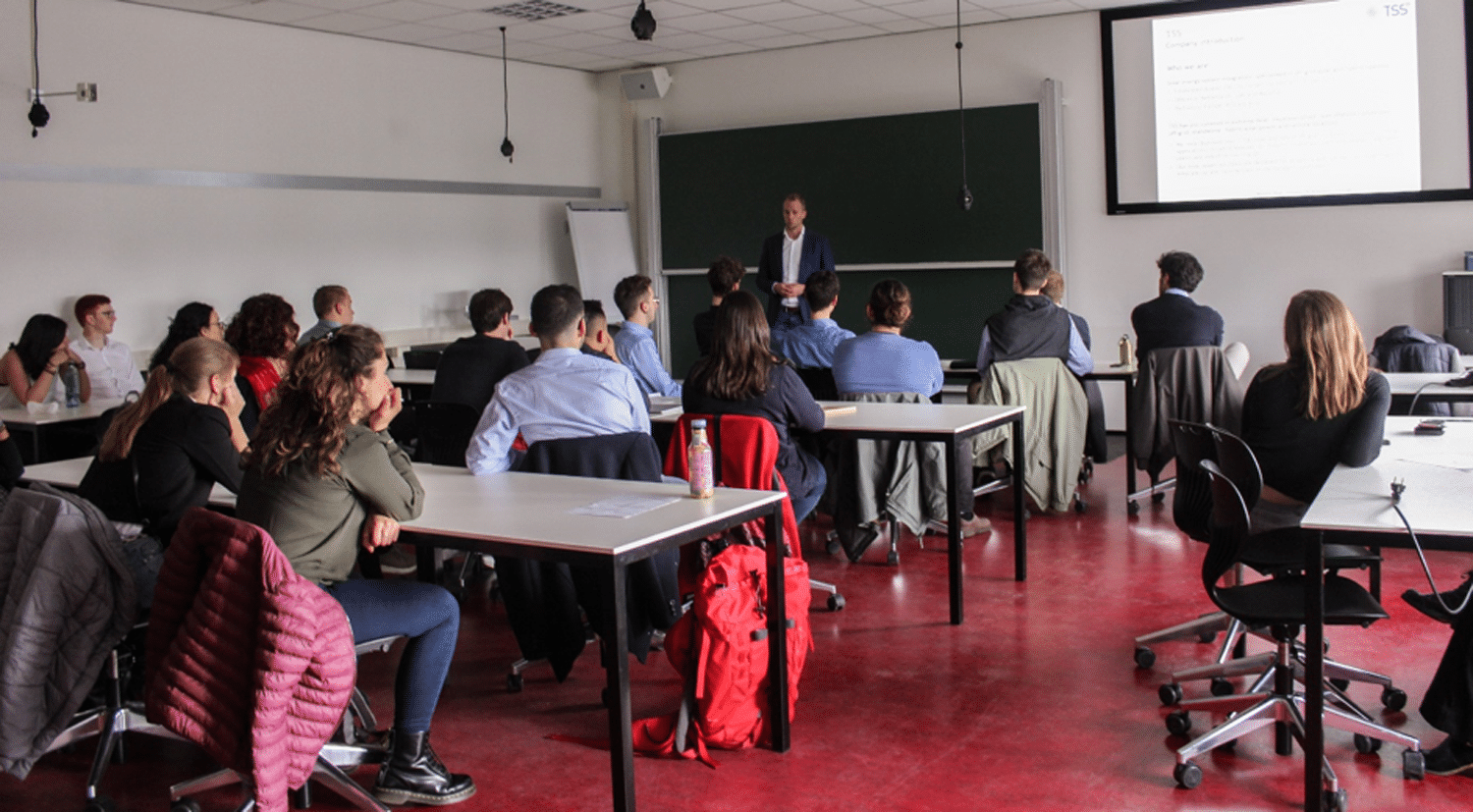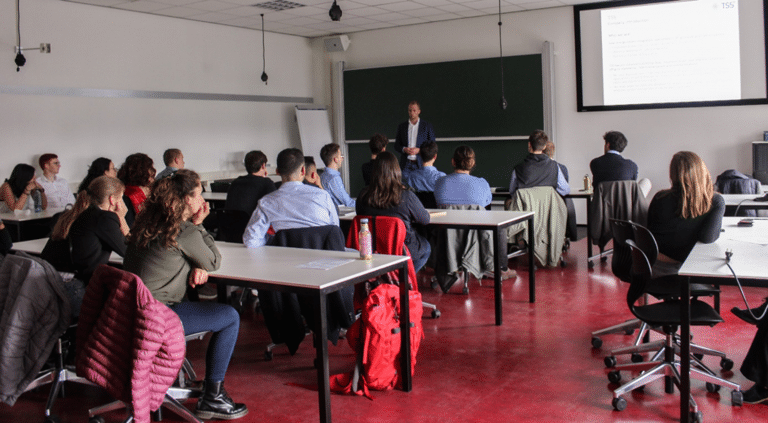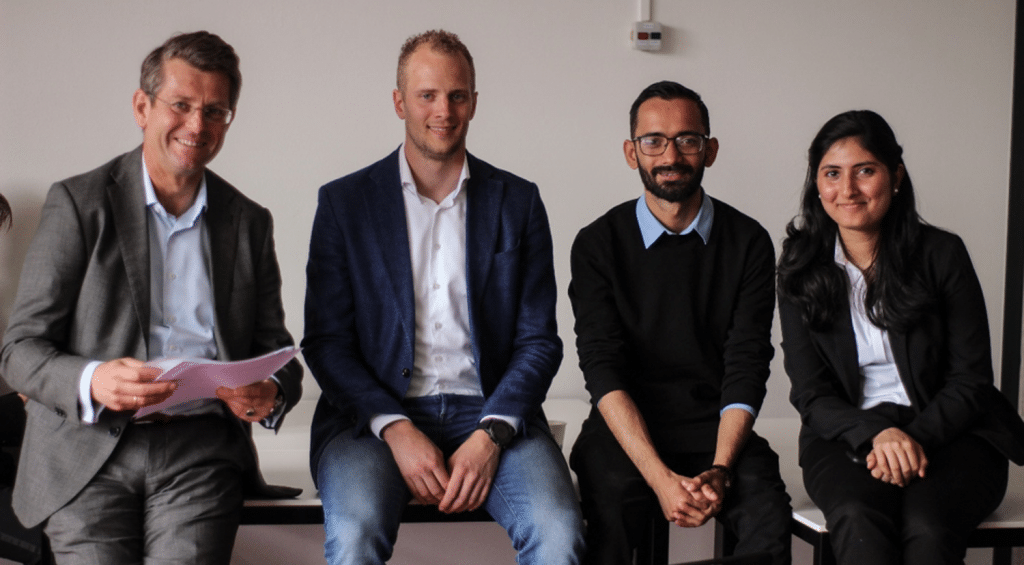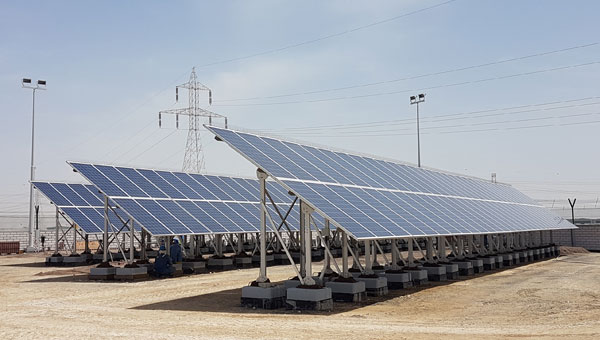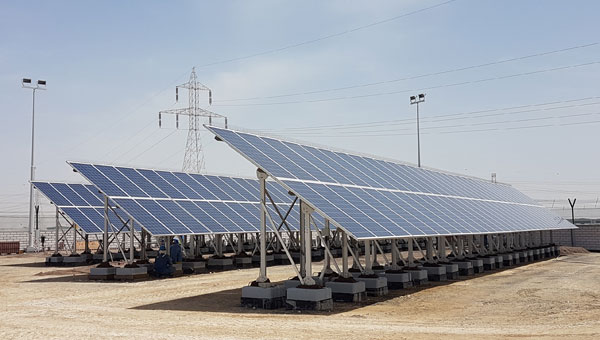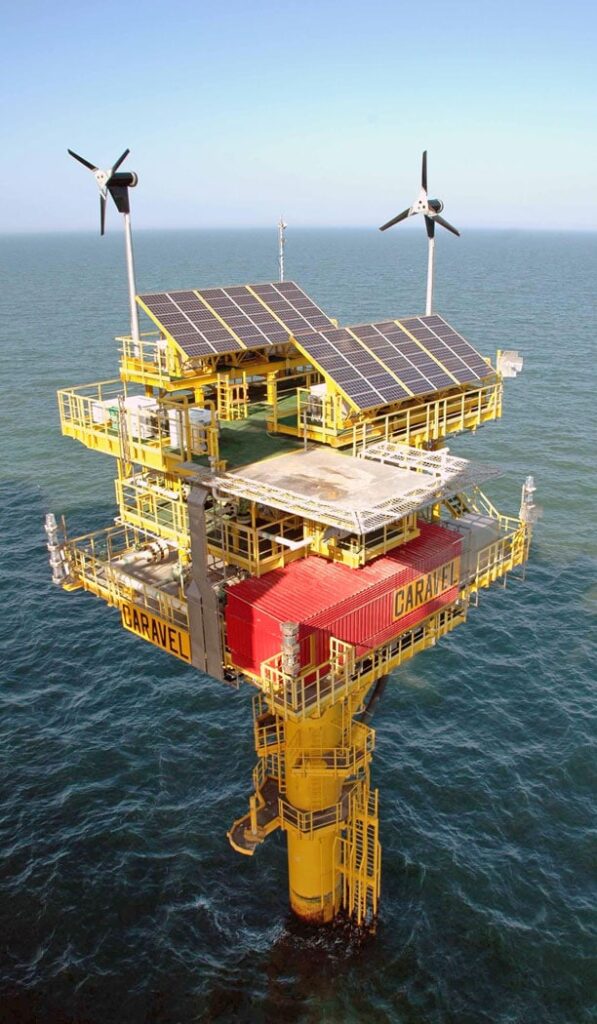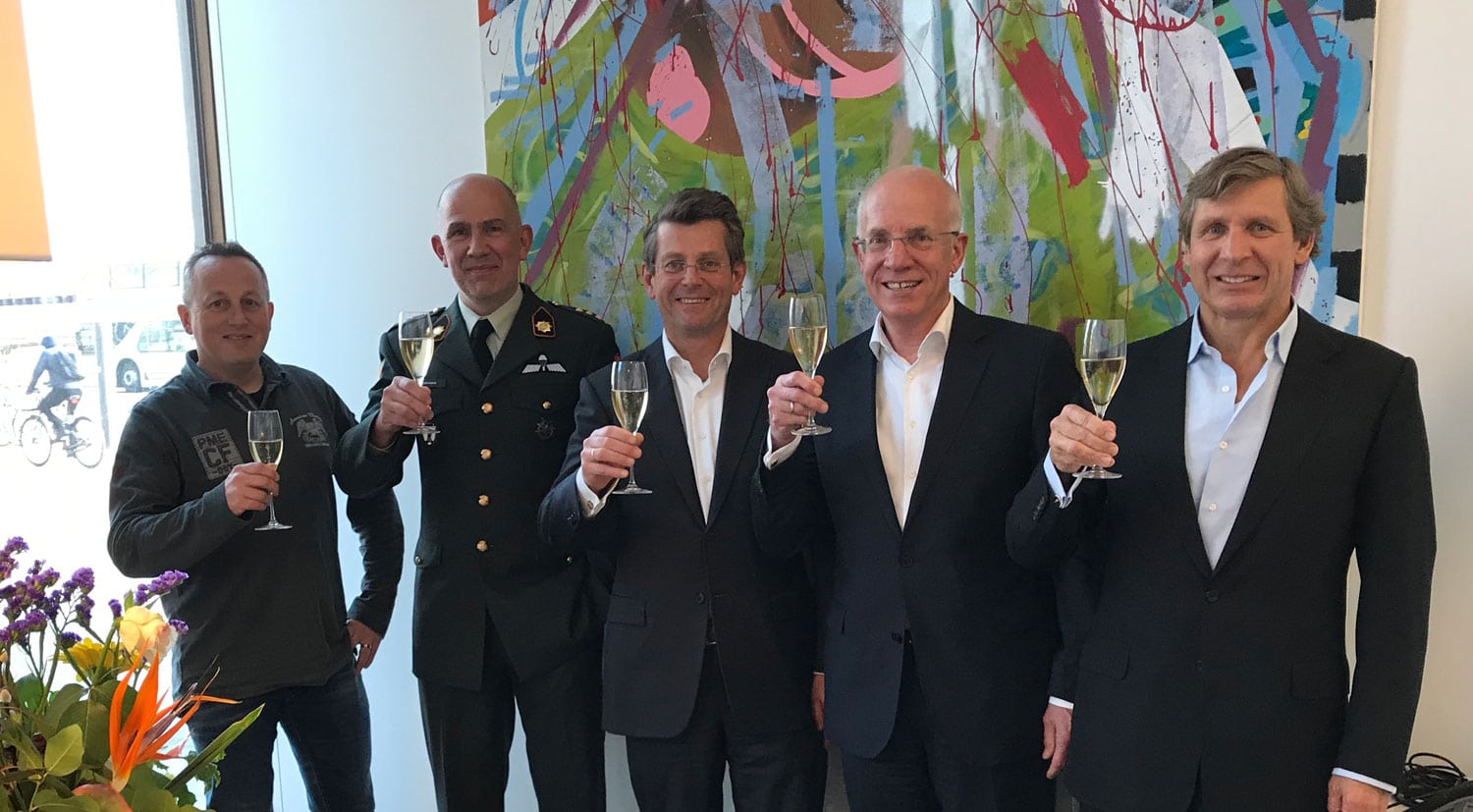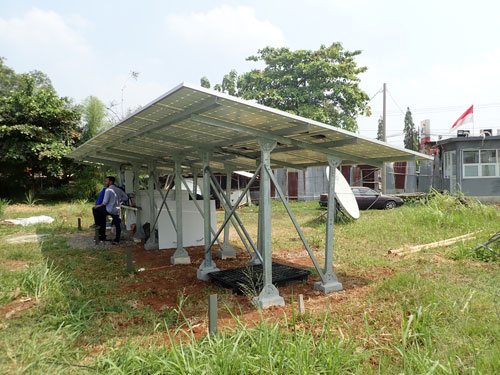Proven system sizing for MPPT based solar systems
There is a plethora of PV system sizing tools in the market. However, none of these tools are specifically designed to cater to the various needs of a system sizing for off-grid PV systems such as functioning of the system at very high temperatures, hybrid energy sources, maximum power extraction, optimal functioning of battery system and the ability to choose the optimal tilt angle for the solar array at the various locations around the world. All of these constraints are required to be met while working off-grid.
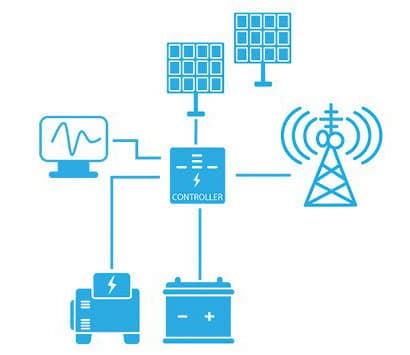
The new proven system sizing for MPPT based solar systems is based on theoretical modelling and field measurement results.
The MPPT based system sizing is validated by the TU Delft University and has been implemented by TSS for the design of MPPT based off-grid solar systems and hybrid systems.

